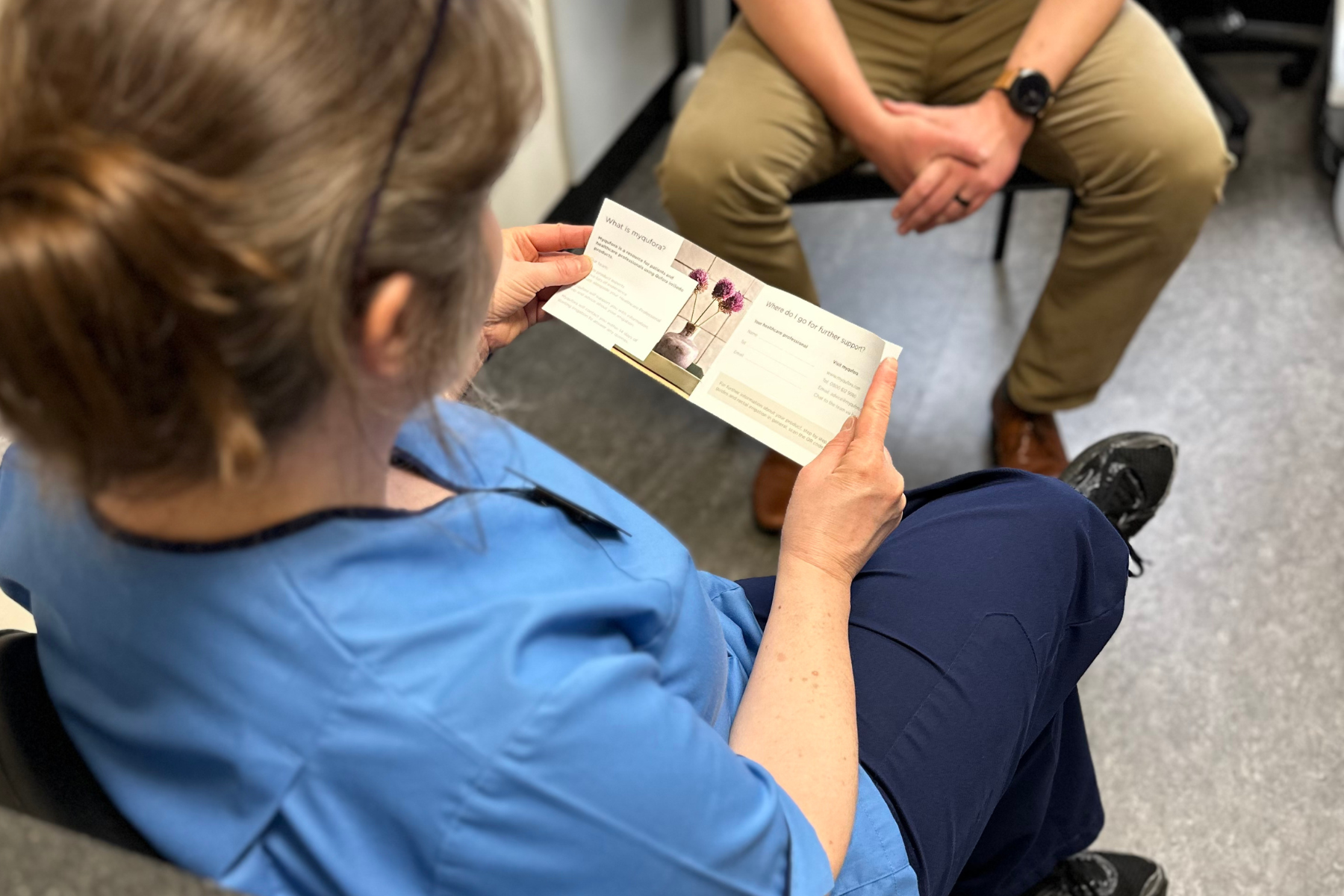By Elaine Swan
I developed the stoma care service at Walsall Manor in 1985. I was a lone Clinical Nurse Specialist (CNS) covering both hospital and community settings. A new colorectal surgeon started at Walsall in 1995 who was interested in developing new services and the role of the colorectal nurse.
For some time, I had wanted to encompass bowel cancer patients into my remit for information and support, as there seemed to be a big gap in service provision. There was a need for service expansion to cope with the increased workload and allow for further training and education.
Lone working was never ideal as annual leave and sickness resulted in minimal service cover, relying on ward nurses with an interest in stoma care (stoma link nurses) to deal with queries.
Another Registered General Nurse (RGN) was employed within the service, and in 1997 I commenced an English National Board for Nursing, Midwifery and Health Visiting (ENB) course at Coventry and Warwick University, Enhanced Practice in Colorectal Nursing. There was an opportunity to include flexible sigmoidoscopy training within this course, which I agreed to do as the intention would be to offer a one-stop nurse-led rectal bleed clinic as an option to attempt to reduce waiting times for barium enema. At that time, there was a long waiting list for barium enema investigation. There was a concern that some of the people on this waiting list may have bowel cancer.
On completion of the course, a nurse-led rectal bleed clinic commenced to assess, scope/biopsy any lesions and diagnose bowel conditions and advise/arrange further treatment/discharge. This service relieved pressure on other diagnostic services and Consultant Clinics as patients with rectal bleeding could be referred to this clinic by their GP. Most of these patients were found to have minor rectal disorders and could be diagnosed and treated within this nursing service, usually with lifestyle advice.
Other clinics commenced as a result; nurse-led cancer follow up and bowel dysfunction linked to the colorectal surgical clinics. These were innovative practice changes for nurses at that time and required approval at the Executive Board level, particularly for endoscopy.
The bowel dysfunction service was established in 1999, and I involved the continence CNS and specialist physiotherapist. We visited other similar services and developed patient and service information. We offered assessment, diagnosis, conservative treatments, lifestyle, dietary and medication advice. We also provided patient education on bowel function, toileting habits and exercise, including pelvic floor exercises. Other treatments included the use of suppositories, enemas and transanal irrigation (TAI).
As no equipment was specifically designed for bowel irrigation, improvisation was needed in those early years. Phosphate enemas were utilised – emptied and replaced with water for low volume irrigation (off license). Colostomy irrigation equipment was used for higher volume irrigation with cone insert (again, off license). Gradually specific, research-based equipment for TAI was introduced, which was very exciting for nurses and patients at that time.
Completion of the Independent and Supplementary Nurse Prescribing in 2004 allowed me to function independently in clinic to provide more seamless and timely care to benefit patients.
The service received increasing numbers of referrals from Consultants, GPs, the Neuro-rehab team, and community Continence Service.
The local medicines management committee introduced and approved the first specialist kit for bowel management. This involved presenting the product, what irrigation was and who it was for, and the potential improvement it could have in patient quality of life, backed by data supporting its safe use, leading to the first irrigation system being approved for use.
Later, additional transanal irrigation systems were introduced to the market, providing more choices for nurses and patients. Included were options with balloon catheters, cones and also an electric control unit.
Cones greatly improved options for nurses and patients and introducing low volume systems was an ideal first-line treatment for individuals suitable for this kind of irrigation – a small system that is easily and discreetly transported in a small bag. Different-sized, softer cones have now been introduced, some with extension tubing and others with angled introducers.
This is a very exciting time for bowel dysfunction teams, with such an amazing range of products now on offer for patients.







